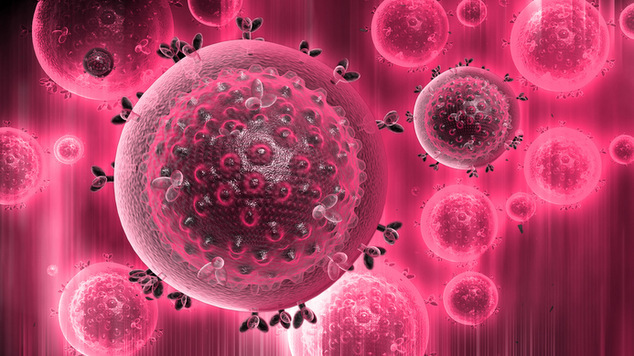Documented cases of HIV being transmitted between women are extremely rare, but one such case has been reported by the Centers for Disease Control and Prevention.
On Thursday the CDC released their ‘Morbidity and Mortality Weekly Report’, which stated that in 2012 a case of HIV being transmitted from one woman to another occurred in Houston, Texas.
Instances of HIV being transmitted in instances of female same-sex activity have been reported so rarely that women who have sex with women aren’t mentioned in the CDC’s information on ‘Women with HIV’ on their website, and in 2006 there had been ‘no confirmed cases of female-to-female sexual transmission of HIV in the United States database.’
Despite this, the two women referred to in the report found that the DNA sequences of their viruses were almost perfectly matched, which indicates that the virus was most likely not transmitted by a source other than their shared sexual activity.
The report states that: ‘The potential for HIV transmission by female-to-female sexual contact includes unprotected exposure to vaginal or other body fluids and to blood from menstruation, or to exposure to blood from trauma during rough sex. Other potential exposures associated with HIV transmission in WSW that must be ruled out include injection drug use (IDU), heterosexual sex, tattooing, acupuncture, piercing, use of shared sex toys between the partners and other persons, exposure to body fluids of others, and receipt of transplants or transfusion.’
It appears that in this case the HIV positive woman had transmitted the virus to her partner through routine unprotected sex, as other risk factors had been ruled out. The CDC reports that “They described their sexual contact as at times rough to the point of inducing bleeding in either woman,”
“They also reported having unprotected sexual contact during the menses of either partner.”
While lesbians are commonly thought of as having lower STI transmission rates than other demographic groups (and this report did not state that the risk of transmission is any higher than previously indicated), this discovery does serve as a reminder that no one is immune to STIs.
Amy Lansky, a deputy director of CDC’s Division of HIV/AIDS Prevention told NPR’s “Shots” blog that “it’s important for discordant lesbian couples — when one is HIV positive and the other is negative — to get medical counseling and HIV treatment,”
Sophie Joske






